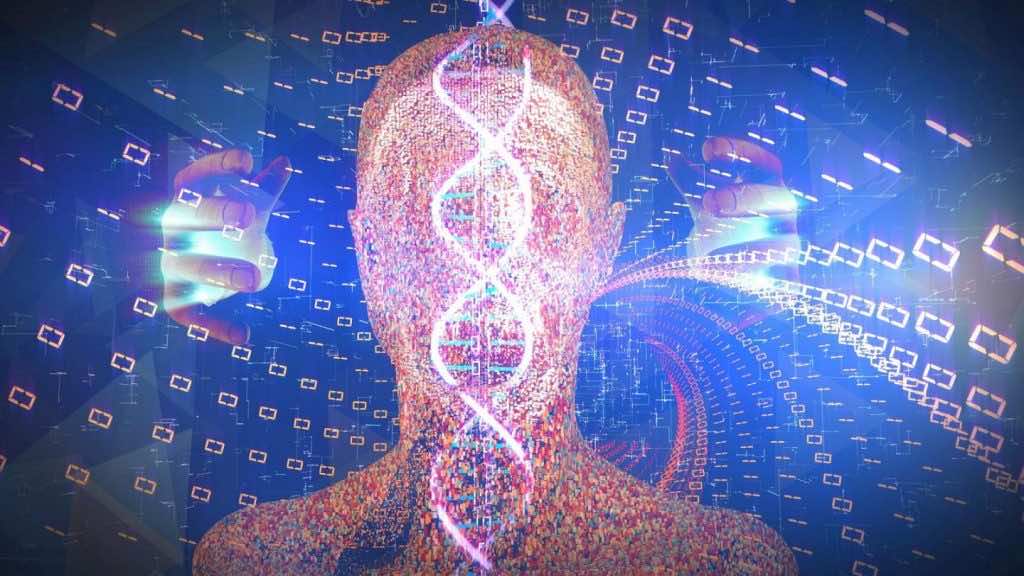Scientists from the Telomere-to-Telomere (T2T) collaboration have revealed the first genuinely fully functioning human genomic information, over two decades after the Human Genome Project generated the first human genome sequence. People may be perplexed as to how researchers claimed to have completed the human genome sequencing for the second time. The desire to be complete is a basic feature of the discipline of genetics. And besides, genetic characterization of an organism’s whole DNA, or genome. Appreciating this new milestone necessitates an awareness of the old endeavor’s extremely subtle and sometimes misinterpreted trademark output. It also refers to a long-sought but seldom realized goal in science: the vision of fulfillment.
This breakthrough gets us one step closer to the genomics-enhanced future. For the very first time, it appears that scientists and physicians will be possible to perceive all of the variations in a person’s DNA and use that information to successfully direct their medical assistance. It is heartening to see how the T2T collaboration scientists built on the achievements of the Human Genome Project geneticists who came before them, as well as those who subsequently introduced strong new DNA-sequencing tools and novel computational methodologies to the problem. Their work resulted in the first genuinely fully functioning human genome sequencing, from telomere to telomere about each different chromosome.
“Trying to generate a fully functioning human genome sequence is a remarkable scientific advancement, delivering the first comprehensive overview of our DNA blueprint,” stated NHGRI Director Eric Green, M.D., Ph.D.
“This basic information will boost the numerous continuing attempts to grasp all the operational subtleties of the human genome, empowering genetic investigations of human infections.” The whole decoding promotes the value of the Human Genome Project, which delineated around 92 percent of the genome, and subsequent studies. To comprehend the intricate pattern, thousands of scientists have created improved laboratory instruments, computer methodologies, and strategic planning processes. “At the end, when someone’s genome is mapped, we’ll be able to detect all of the variations in their DNA and utilize that knowledge to better directs their treatment,” Phillippy explained. “Completing the human genome sequence was equivalent to putting on a new pair of glasses. We’re one step on the way to comprehending what it all means now that we can see everything properly.”

